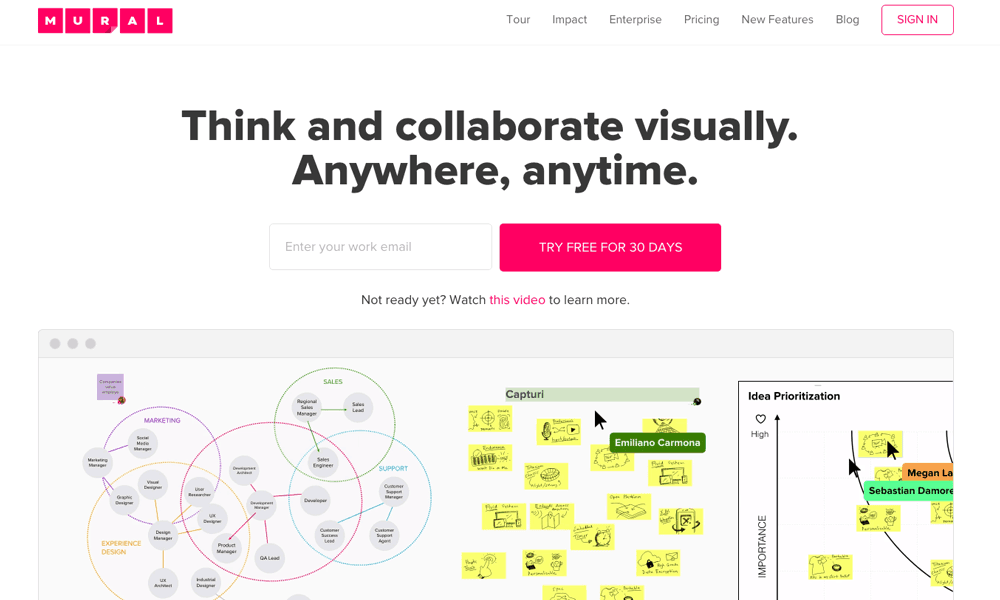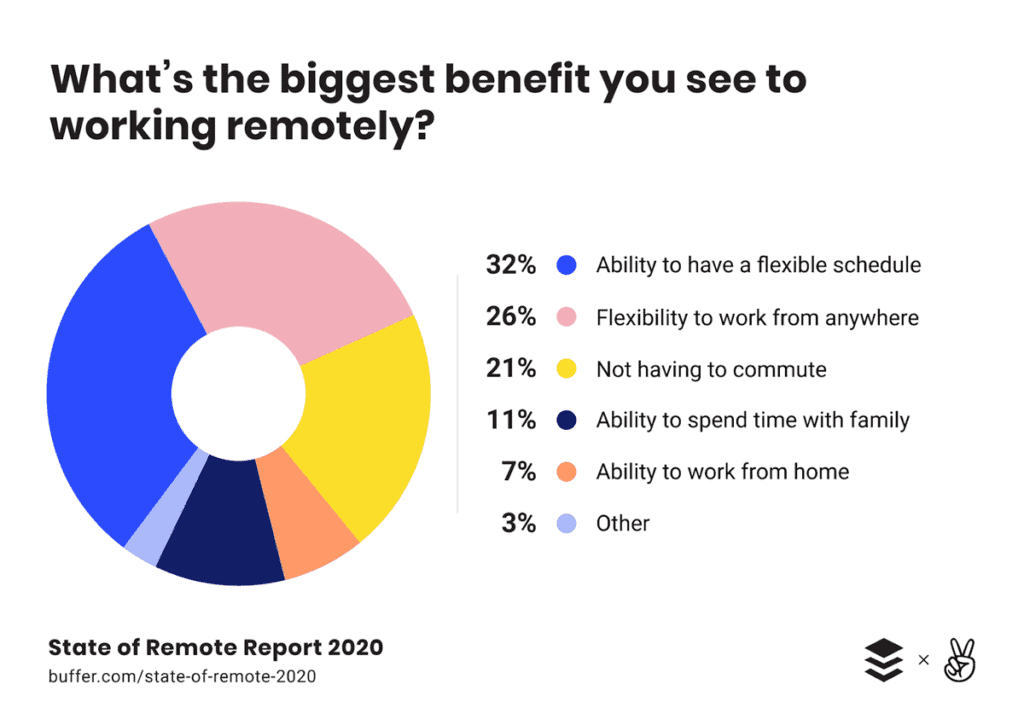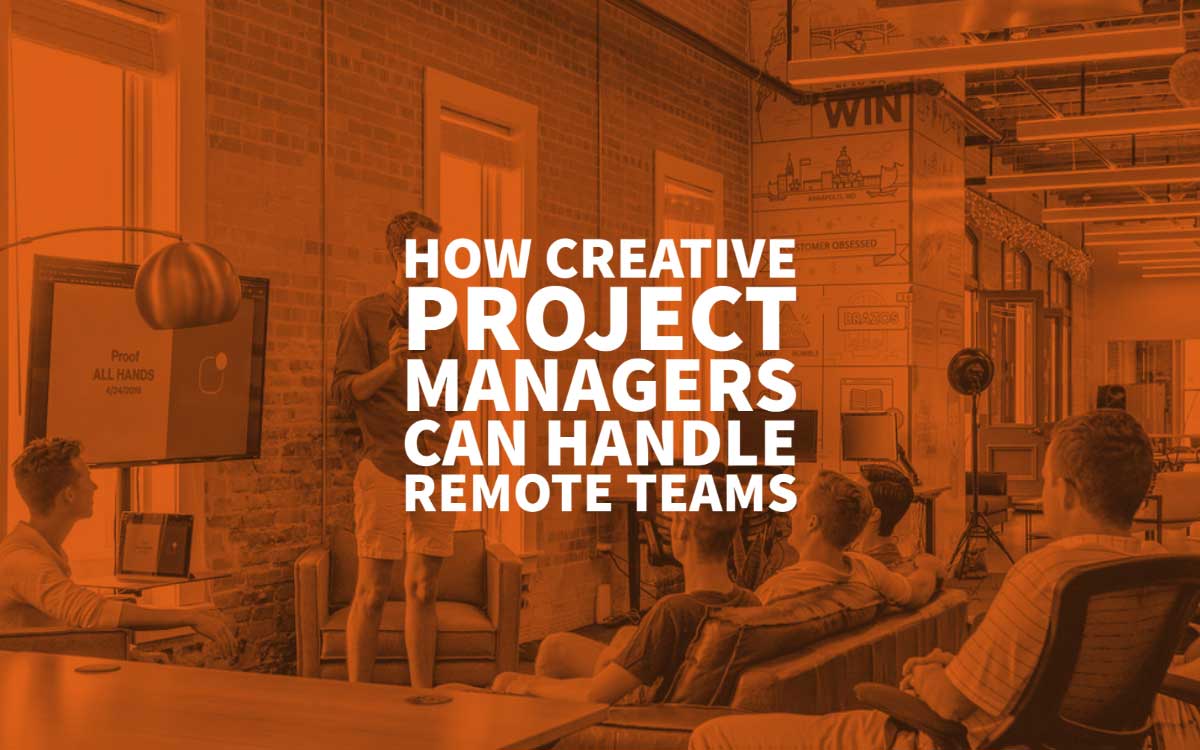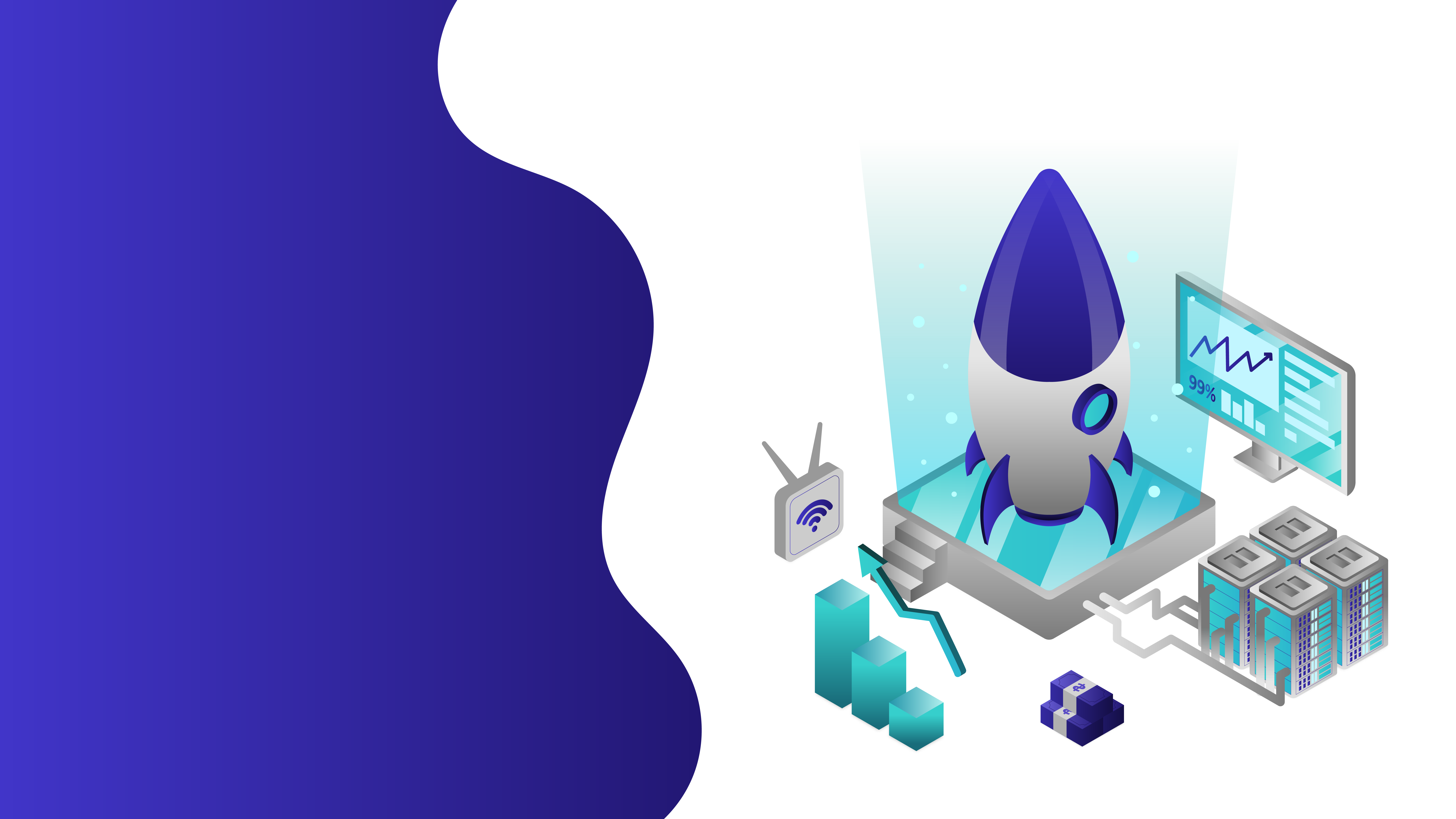
01 Sep How Creative Project Managers Can Handle Remote Teams
How Creative Project Managers Can Handle Remote Teams
Any design team is more than a bunch of talented people working together.
They have their identified roles, structures, and methodologies, which can help them remain consistent.
Although their industrial nomenclature and final products are different, the operations of creative teams are very similar to project teams.
In creative projects, ideas are developed instead of a working product.
As a creative project manager, you need to manage a team, create schedules, plan, negotiate with stakeholders, solve issues, track progress, and do much more.
Just like regular projects, tasks in creative projects have numerous dependencies.
Using these dependencies define the order of work, allow teams to become more productive, and increase the overall transparency.
We’ll take a look at how creative project managers can handle their teams in a remote environment.
The challenges
Leading a creative team remotely comes with its unique challenges.
Adapting to a remote structure from a co-located environment is a massive struggle in itself.
The creative juices only get flowing with frequent collaboration.
Sharing ideas becomes difficult as every interaction requires pre-planning and forethought; you could no longer roll your swivel chair to your colleague’s desk and get involved in an impromptu brainstorming session.
Creative managers need to establish practices to maintain an official hierarchy while giving team members the creative thinking to implement their vision.
For creative projects, it’s challenging to create an environment where people feel confident enough to select tasks according to their strengths.
Innovative ideas require a positive approach free from any unnecessary pressure.
However, you can’t have unlimited time and budget, so managers need to come up with ways to keep the project on schedule without killing everyone’s creative drive.
Another considerable challenge creative project managers face is due to the unrealistic expectations of clients.
Some clients treat creative projects like practical ones and demand faster results by increasing the available resources.
Sometimes dedicating more resources backfires and creates more issues.
Project dependencies: What are they and why are they important?

Any project, whether creative or not, divides itself into a series of related tasks.
Dependencies happen when a task cannot start unless another related job is completed.
For example, mockups and wireframes must be created before the visual design takes place.
This gets even more complicated when two or more individuals are working on it, as we often see in product UI/UX design.
Identifying these dependencies between different tasks or different team members is a vital part of a manager’s job as it helps maintain an efficient workflow.
In the case of remote teams, dependencies become even more important as even a small roadblock can have a significant effect on the overall outcome.
For creative projects, identifying dependencies has several benefits. Some of them are listed below:
Structured workflow
Knowing how tasks are connected helps users bring order to their workflow.
Large projects are often full of dependencies, and knowing how your task affects others can motivate members to keep on performing at their best.
Moreover, managers who work with dependencies can quickly identify all tasks that can start in parallel and allocate resources with more precision.
Even for small teams, having a streamlined process can have numerous benefits.
Smaller teams find it easier to collaborate, but members usually have a lot on their plates.
When you are responsible for multiple tasks at the same time, dependencies can help you ensure you are on the right track and boost your confidence.
Increased visibility

Design is a collaborative process and requires several teams to work together.
Even a small project would need departments like content, UX design, and web development.
With separate teams, losing track of the progress becomes frequent.
You might start your tasks and end up missing critical details because other dependent tasks were not completed.
This can waste precious resources and might cause unexpected delays that can severely affect the project.
Spending time on identifying dependencies can help you improve visibility in your team.
Members exactly know which tasks are related to theirs and can follow up with the relevant person for updates.
Improved focus
In a complex project, having a long list of uncompleted tasks may overwhelm and demotivate the team.
Creative project managers need to keep the team motivated.
With dependencies, you can make a proper timeline with tasks spaced out and properly divided.
This allows the team to focus on the tasks at hand and gives them enough time to get in a groove.
Dealing with project dependencies while working remotely
Correctly identifying project dependencies is crucial for any team looking to complete its project in the scheduled time and budget.
Successfully dealing with dependencies make the job a lot easier for any project manager.
There are multiple tried and tested methods of handling project dependencies when you are working with remote teams.
An essential requirement for success is effective collaboration within the team.
In creative projects, collaboration is crucial as multiple departments need to put in work before the product is ready for the market.
Another critical factor that can help managers with project dependencies is visualisation.
Using Kanban boards, Gantt charts, and other visual aids to represent critical data can be a great help for managers.
Even team members find it useful to understand the proceedings and expectations of an ongoing project at a glance.
The final method that can make your life easier is a cloud-based project management tool.
These tools are ideal for teams that work in a remote environment as they can be accessed from anywhere.
To deal with dependencies, primary software tools come with the capability of graphically showing the entire project with all task dependencies.
Moreover, these tools can notify the member when all pre-requisites of their task are completed, so they can start working immediately.
Building a creative team that collaborates effectively in a remote setting

Anyone from a creative background knows that time and a productive setting play a massive role in getting the ideas flowing.
Team discussions, meetings, and even an office lunch can act as a stimulant for the next idea.
With remote teams, all these possibilities become unlikely.
Managers are required to come up with innovative ways of creating a bond between the team members and getting their creative juices flowing.
Establishing an environment where genuine collaboration takes place is an impressive feat for even co-located teams.
Managers need to go the extra mile and go through an iterative process to get the same results in a remote environment.
The design team at Kissflow has been working from home for a few months now.
It has been able to get excellent results by following a simple strategy.
Step 1: Have a plan for the day
To make sure everything gets completed on time, the teams have alternate stand-up sessions where the work until the next session is planned.
In these sessions, discuss the updates, tackle issues, and make quick decisions to keep the workflow as smooth as possible.
Step 2: Discuss and come up with ideas together
Involving everyone in the team during brainstorming sessions irrespective of their job title.
Create an open setting where team members feel comfortable to share their ideas, feedback, and concerns so team members feel comfortable and their opinions acknowledged.
Step 3: Have a detailed review process
The collaboration part doesn’t end at the brainstorming session.
After every significant decision or milestone, ensure the entire team sits with the management, clients, and other stakeholders to review the process as well as the generated ideas.
This ensures that all deliverables meet the predefined acceptance criteria as well as the quality standards set by the organisation.
In a co-located office, the review process happens naturally.
However, it needs to be planned and have documented workflows and processes to ensure the highest quality creatives.
Step 4: Use every tool available
Having the correct tools is essential for an effective remote team.
A project management tool like Kissflow Project keeps your tasks organised and makes handling remote teams simpler and more efficient.
It helps you identify priorities, create a plan, stick to it, and take corrective measures when things go south.
You can also use a tool like Miro to keep all your creatives in one place as it makes all your projects searchable.
Invest in the right communication tools and use them wisely.
Final thoughts
Working from the comfort of your home is no longer considered a privilege during these times rather a necessity.
Dealing with creative and practical projects requires a different approach as there are several challenges unique to creative teams, like losing track of the big picture and a lack of teamwork.
When working remotely, some of these challenges become harder due to various reasons.
Creative managers need to ensure an encouraging atmosphere for a remote team so they can focus on the crucial things and ramp up their productivity.
There has to be an environment of absolute transparency and methodological working.
To do that, you’ll need to focus more on planning and making team collaboration more effective.
Author Bio: Yuvaraj Muthu is a Creative Design Lead at Kissflow, leading the marketing design team. He has expertise in designing applications with multiple user touch points and built the brand guidelines to create a consistent user experience across products.
Last update on 2020-09-01 / Affiliate links / Images from Amazon Product Advertising API









